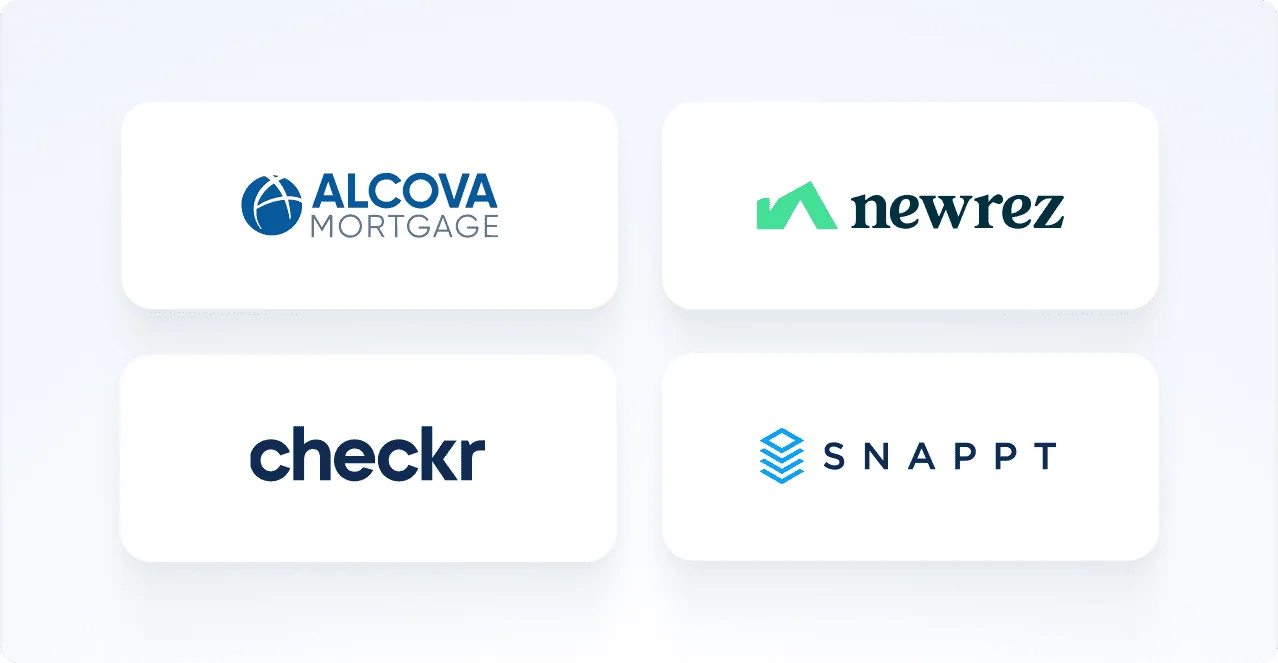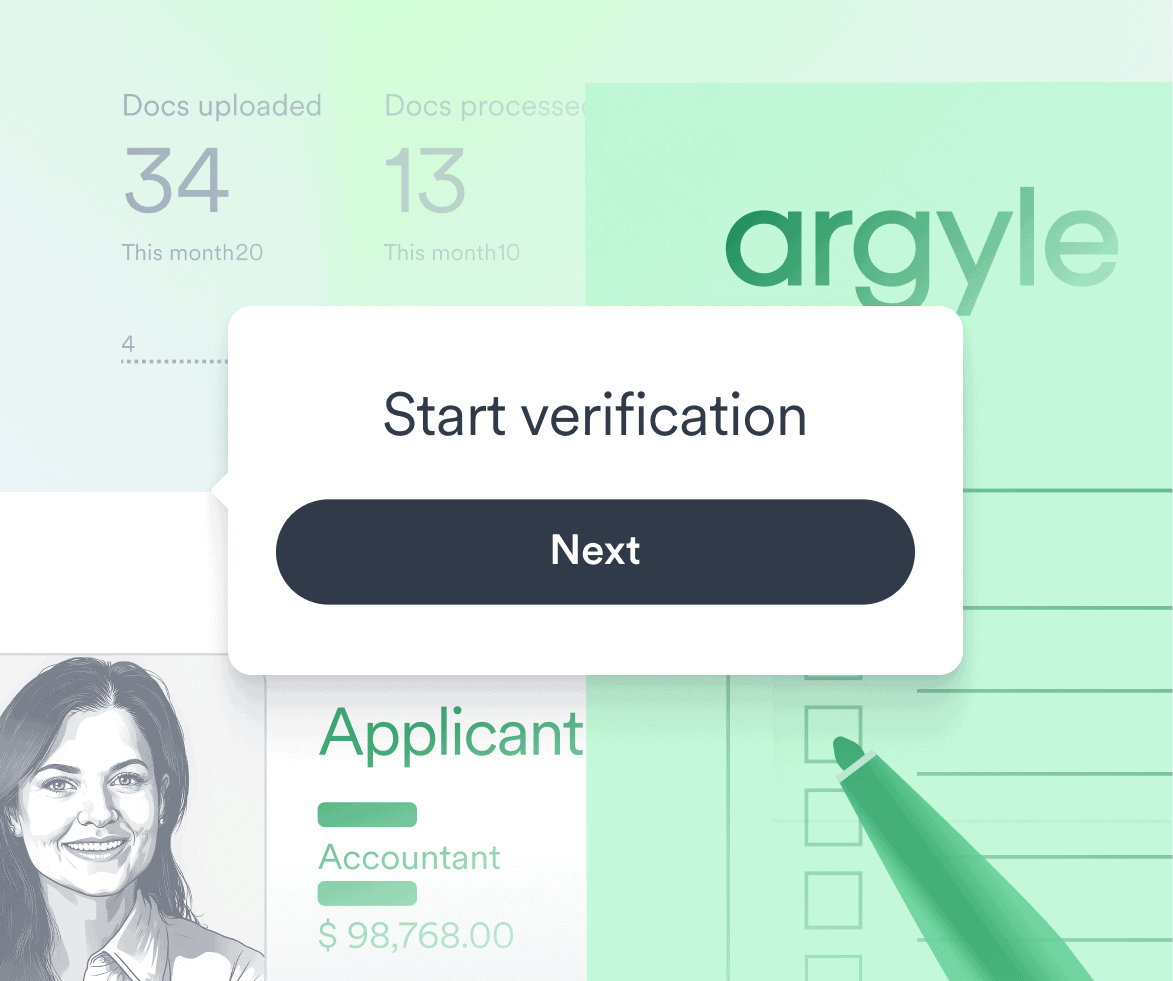6 Ways Payroll Data Beats Banking Data When It Comes to Underwriting Risk Management
Your vetting process is only as good as the data that informs it. And with potentially millions of dollars on the line, you want the best information possible.
Before Argyle
Back in the day, that meant looking at borrowers’ credit score and basic personal identifying information. Then, with the open banking revolution, lenders turned toward cash flow-based underwriting. But both underwriting models have serious limitations when it comes to data fidelity.
That’s why innovative lenders are turning to the next underwriting frontier: real-time employment and income data (aka, payroll data).
The New Frontier
With our payroll and employment data, you have ongoing, consent-based access to borrowers’ comprehensive earnings and work information direct from the source, making verification of income and employment automated and cost-efficient.
Here are just some of the reasons payroll data for automated underwriting is quickly becoming a go-to choice for lenders in the know:
➀ Real-time accuracy

The best payroll data solutions (like Argyle) connect directly to the source (i.e., borrowers’ employment and/or payroll platforms), which means the data being transferred is always up-to-the-minute exact.
Compare that to banking data, which relies on direct deposit records to make employment status and payroll inferences. That means, data can lag by as much as two weeks—enough time to render it detrimentally inaccurate for underwriting purposes. Mitigate your risk with continuous underwriting data.
➁ Holistic, granular view of earnings

Think of income as a river. With Argyle’s continuous payroll data, you get a clean, upstream view of borrowers’ full flow of income—up to 120 fields, including gross and net pay, taxes, and deductions—so you can dive in deep and get a clearer picture of users’ earnings history and potential.
With banking data, you’re viewing a borrower’s furthest downstream income, which has likely been bifurcated multiple times by taxes and payroll deductions like a 401(k) contribution, forcing you to make unreliable inferences about gross and net pay. In fact, we see that borrowers distribute their paycheck to 2.5 accounts on average. Looking at borrowers with over $100K gross annual income, income is further distributed into 3.6 accounts on average.
➂ Additional data points

Argyle’s 160+ fields of payroll data also include robust, nuanced information beyond earnings history, including hire date, pay cycle frequency, and the documents (e.g., W-2s, paytubs) you need to put together a comprehensive loan package.
➃ Continuous monitoring

Because Argyle enables uninterrupted access to payroll data, we offer web hooks that notify you the moment there’s a change in borrowers’ employment or income status, essentially automating your underwriting process . In turn, you’re empowered to monitor the overall health of your portfolio and take proactive measures to mitigate the risk of defaults (like offering your users modified repayment plans).
With banking data, it might be weeks before you realize your borrowers’ information has changed.
➄ Improved conversion

Studies indicate that people are more comfortable giving third parties access to their payroll data compared to banking data. In fact, lenders that require borrowers to link their payroll data during onboarding realize a 3x higher conversion rate versus lenders that require them to link their bank accounts. Our numbers indicate that borrowers successfully link their payroll accounts 75% of the time via Argyle (because most people do, in fact, know their payroll password).
➅ Greater coverage

Banking data, by nature, fails to adequately cover unbanked and underbanked borrowers. And credit score checks are a disservice to potentially qualified borrowers who just happen to have thin credit files. Both limitations undermine your total addressable market.
With payroll data, you gain the insights you need to bolster the underwriting process regardless of a borrower’s banking status or credit history. Payroll data also makes it possible to aggregate earnings and employment information for borrowers who have multiple income sources like gig workers—a large and growing segment of the market.
Banking data is also limited by the reality that many people have multiple bank accounts. As previously stated, Argyle has seen that the average employee has ~2.5 active bank accounts to which they receive their direct deposit. It is nearly impossible to ensure you have a full view of gross income without pulling that information directly from the source—the payroll system.
Want to experience the difference first hand? Contact us to get a free Argyle account (commitment-free), and see the benefits real-time employment and payroll data can have on your continuous underwriting monitoring for yourself.








